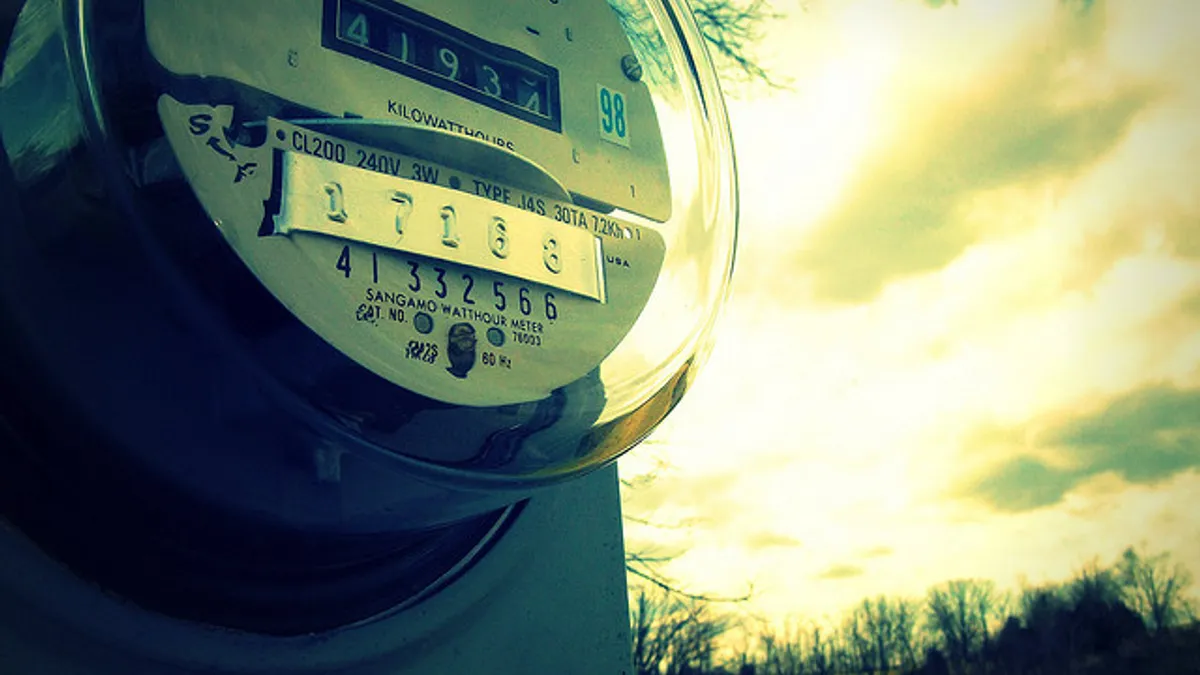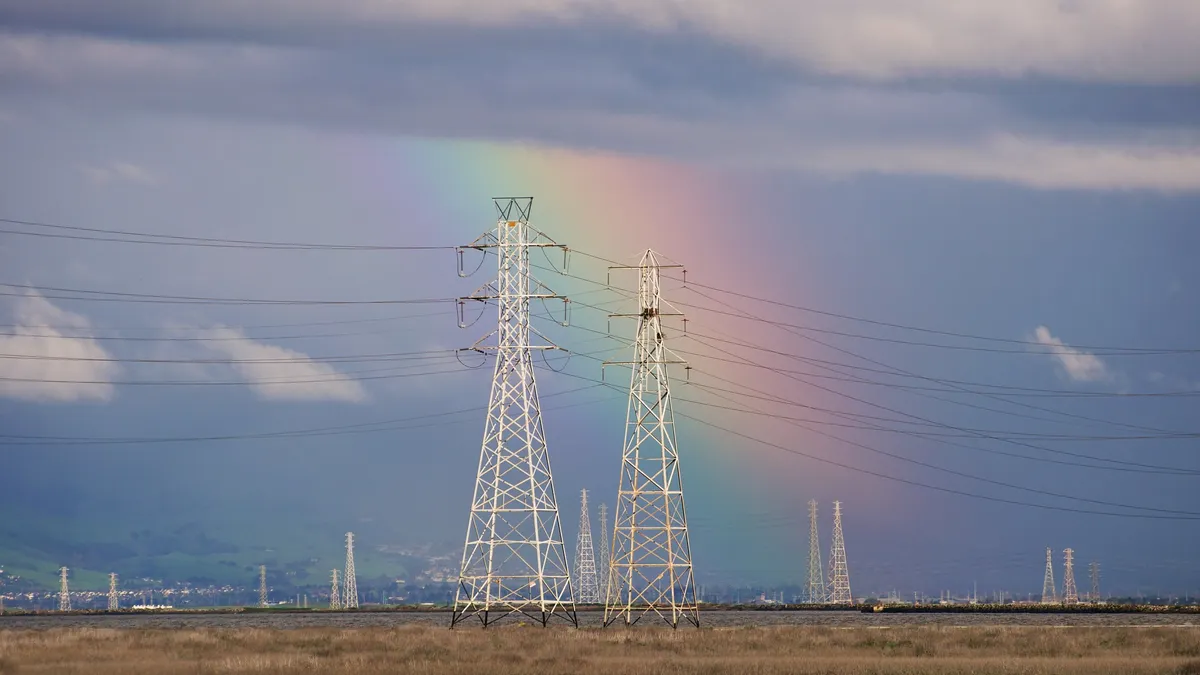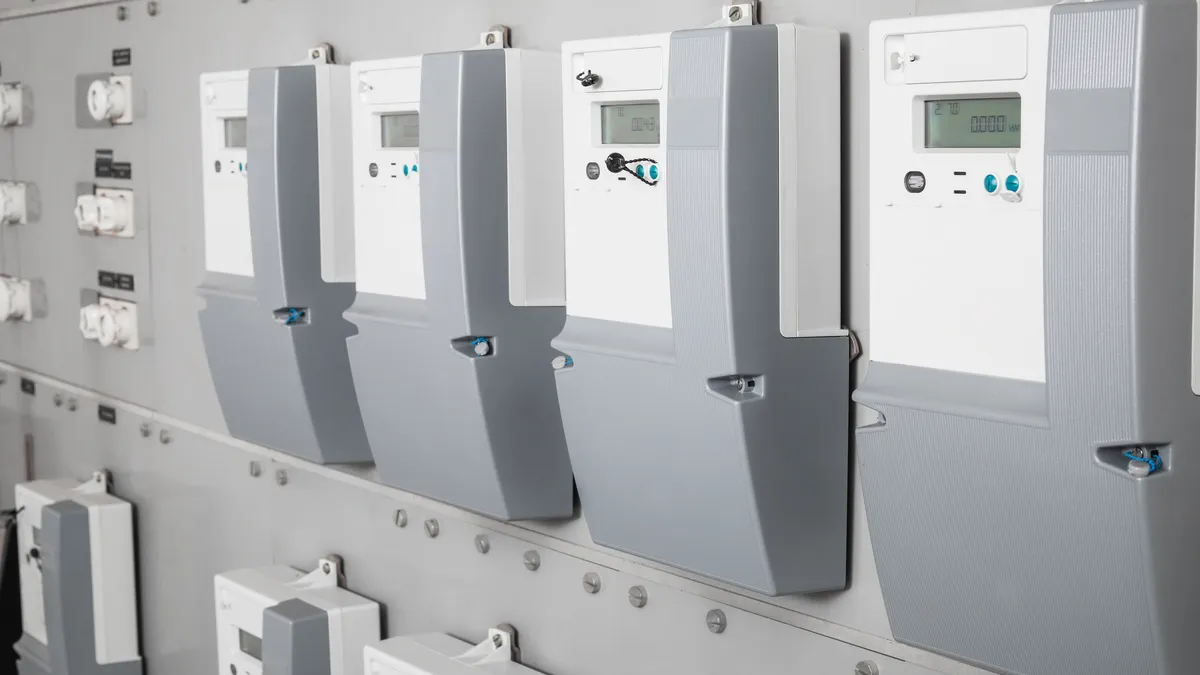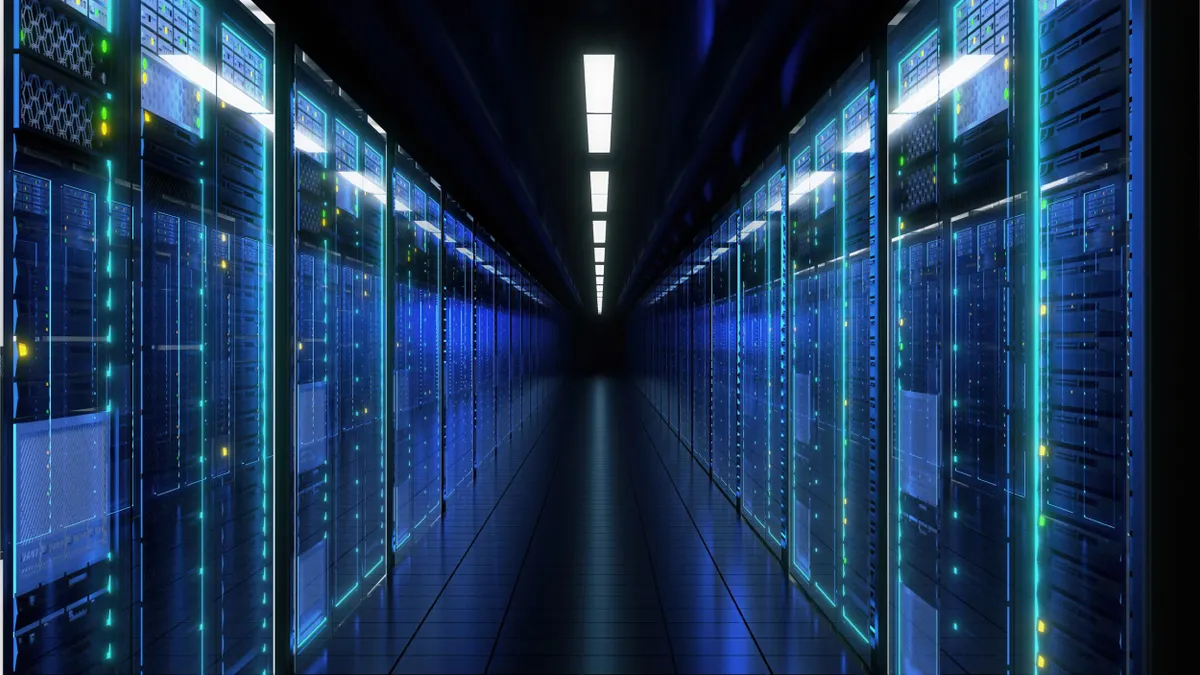When the American Council for an Energy-Efficiency Economy named Massachusetts the nation's most efficient state last year, it used a 50 point scale. Massachusetts scored 44, with almost half that total coming from utility policy.
The score reflected what ACEEE called "an aggressive funding mechanism," with requirements for utilities to provide efficiency programs that date back to 1997, when the state's industry deregulated. Eight years ago the state passed the Green Communities Act, accelerating efficiency programs and requiring utilities to file their plans every three years.
According to ACEEE, Massachusetts' approach to efficiency "has resulted in one of the most ambitious fully-funded state savings targets, incremental electric savings targets ramping up from 2.5% to 2.6% from 2013-2015." And the state gives utilities shareholder incentives of up to 5% of program costs for meeting certain goals.
So there are certainly incentives for National Grid, the state's largest utility, to successfully execute its energy efficiency plan. And it is aggressive: The utility expects to save customers $3.6 billion. Its plan, approved in January of this year, covers 2016 to 2018, during which National Grid plans to invest nearly $850 million in electric energy efficiency and more than $382 million in natural gas efficiency.
In part to help meet efficiency goals—as well as improving its distribution network and service to the customer—National Grid has recently created a group called the NES Customer Solutions Group
“The team was created with the sole purpose of being focused on innovation and technologies that we wanted to drive cleaner energy and improved efficiency, affordability and choice for the customer," said James Bell, an associate engineer in the group. NES reflects National Grid's larger Connect21 goals, which focus on the utility's strategy for transforming its infrastructure and develop new energy solutions that align with state initiatives and customer benefits.
Part of the benefit to having the NES group is its focus on implementing new technologies and programs rather than managing what is already on the ground, Bell said. “We think it’s easier for us to do our jobs than if we’re getting caught up in the day-to-day operations," he said. “We have to validate if the technology works, and if it can demonstrate savings. Then we roll that into our efficiency programs.”
On the residential side, Bell said the utility's "hallmark offering" is a free home energy audit, through which the utility can market other programs. Typical improvements might include new LED lighting, a programmable thermostat, low-flow shower heads, and discounts on air and ceiling duct work and insulation. It's paid for by the MassSave program, funded through a charge on customer bills.
On the commercial side, National Grid offers discounts on energy efficient products, and Bell said that typically includes "a process where we’ll have our staff provide technical assistance to our commercial customers so we can offer them the best savings.”
Innovative programs, connected devices
The utility has also installed 15,000 smart meters in its Worcester, Mass., service area, which is opening up a trough of opportunities including demand response. “We have some really cool projects that get me really excited," Bell said.
The Worcester program is called Smart Energy Solutions, and hinges on the smart meter. But the program can also include an in-home display giving the customer insight into their usage as well as rates and when the utility needs to ramp down demand.
“By having AMI meters, we were able to have dynamic rate structures," said Bell, adding that the new pricing structures "put the customer in control over their bill."
"In addition to in-home technology and dynamic rate structures the smart meters and infrastructure upgrades increase system reliability," he said. "One big enhancement is the ability to find and repair outages with substantially less time. "
So far, the average customer is seeing a 5% savings—while customers using the in-home display are saving an additional 20%, in part because the in-home setup also included smartplugs allowing the customer to control large devices like hot water heaters and pool pumps. “Anything with a high energy load,” Bell said.
The in-home display is "an important piece that keeps customers engaged," Bell said. The constant flow of information means "there is always a call to action."
The program also allows the customer to opt out of any demand response event they choose. "The customer has complete control," Bell said.
The utility has also launched a demand response focused project called ConnectedSolutions, which aims to leverage a growing emphasis on the Internet of Things. “The concept is a smart, connected home and a program that can drive behavior change to maximize the comfort in the customer’s home and help them achieve higher energy savings," Bell said.
National Grid partnered with Weatherbug Home to construct a platform where customers can connect their devices and participate in demand response and efficiency programs. From the utility perspective, the program uses WeatherBug Home’s ability to integrate proprietary weather data with energy consumption modeling from connected devices to better predict and manage demand.
So far a couple of thermostats can be integrated, including Ecobee and Honeywell, but Bell said large appliances like washers, dryers, window AC units, ad hot water heaters, are going to be integrated soon. “We’re hoping to help the customer understand the relationship between weather patterns and energy use,” Bell said.
According to Earth Networks, which created the WeatherBug app, about half of a home's energy use is determined by the weather. The company has more than 7,500 weather observation points in the United States, and believes linking residential power use with weather analysis can help utilities manage demand.
Earlier this year, Leslie Ferry, chief marketing officer for the Maryland-based company, told Utility Dive it is the company's "neighborhood-level data" that allows it to be successful. "We have very precise insights into weather's impact on homes. We've integrated smart meter data from the utility with a home's profile to build out a thermodynamic model," Ferry said. "Now with the integration of connected devices, the connected thermostat, we can better better predict energy usage and costs.”
On National Grid's system, according to Ecobee, customers using their device on the Connected Solutions platform will save about 7% on their cooling bills. More broadly, Bell said “a big part of these programs is to help us understand how they are going to help the grid. And provide more value to the customer."
As the saying goes, the cheapest kilowatt is the one you never use. “That’s the approach we’re trying to use,” Bell said. “If we can decrease the overall load on our system then we don’t have to go out and upgrade our pipes and wires and our substations. So it’s a win-win.”
Credit to the state's deregulated markets
In Massachusetts, National Grid estimates there is about a 3-1 benefit for every dollar spent on efficiency. At the end of the day, Bell said he credits the state's long history with deregulation for Massachusetts' leadership on efficiency.
“I think what helps Massachusetts is the deregulation that happened in 1997," he said. "We don’t control the supply of energy, we’re completely decoupled from supply, which gives us a big advantage where we don’t make a profit off of the energy. It’s a straight pass-thru. That, coupled with unwavering support from the state.”
“In the bigger scheme of things, energy efficiency isn’t new to us,” said Bell. “We’ve been investing in efficiency for decades.”
National Grid is also looking to smaller-scale solar installations. The Green Communities Act allows utilities to own up to 50 MW of solar generation. In 2009 NG constructed 5 MW and is currently working to develop another 20 MW.
“The reason we’re doing these solar demonstration projects is to understand how distributed energy resources affects the grid. The customer is going to see greater reliability, we’re going to enhance the system … a big part of it, we’re trying to understand how to lower interconnection costs."





















